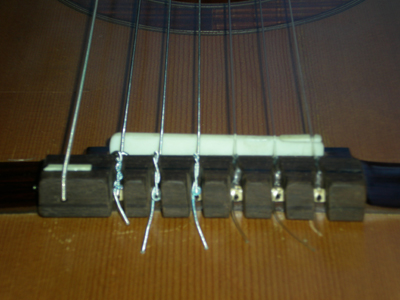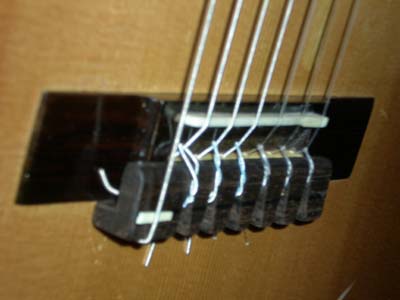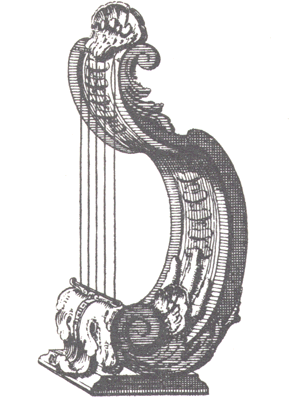What you always wanted to know about the seventh string
without ever daring to ask !
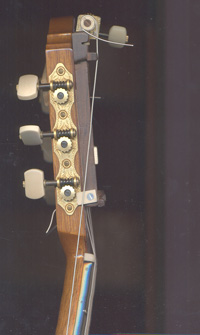
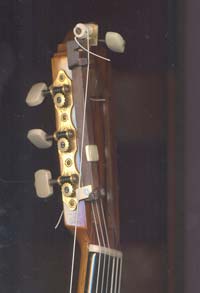
The rosewood piece ( easily cut in one piece only) is held thanks to a simple"butterfly" screw (without any hole in the head) which fits in the existing notch where the strings are fastened. The seventh string must leave the head in a plan a little low than that of the other strings and be attached at some distance from the 6░ string. This is necessary not to disturb the practices of rasgueado or alzap˙a playing. The peg is obtained by sawing an ordinary peg and by fixing it on the part of rosewood. It must be fixed as far as possible (by pushing the stem of thebutterfly screw as much as possible in the notch) so that the length of vibrating string is maximum. This gives it an incomparable sonority, in particular compared to the multistrings guitars available on the market, which do not have more than 65 cm of vibrating length . In the sophisticated model which is represented on the photo, this piece has 3 bridges (but one can fix only one or two of them) in order to obtain 3 basses which one chooses according to the piece. If these bridgesare tuned accordingly (distances between them being calculated in advance), one can pass from the one to the other without touching the peg, which makes it possible to quickly change the bass during the performance of a piece with the left hand or right-hand according to the case. The only hole to be made is that for the additional string, which is a normal 6th string. Although, if one wants to carry out only a test without making any hole, it is possible to temporarily attach the 7░ to the knot of the 6░ by slackening it slightly to insert it and retightening first the 6░ and then the 7░. In anyway, if one wants to give up all the system without leaving traces, all there is to do is fill the small hole with lac.

Then one must make a tiny notch of approximately 0,5 mm at the angle of the bridge to insert the string (can be done with a metal nail file). Ideally, the distance given by the existing bridge between the 6░ and this angle should be slightly higher than the distance between the other strings to ease the mouvement of the right hand, as the photo shows .
One can tune the 7░ as one wants, but it seems to me that the best sound emission is from D to A.
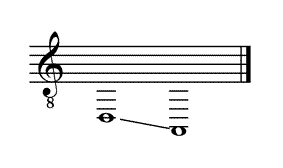
Courage!
30/09/2006
an even more efficient system ! A sophisticated system makes it possible to quickly change the intonation with three notes perfectly tuned in advance : here one tone + half tone (exemple A, B, C or B, C#, D)
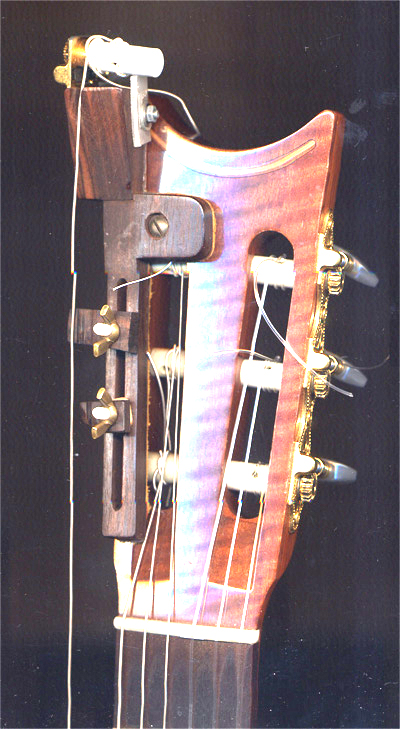
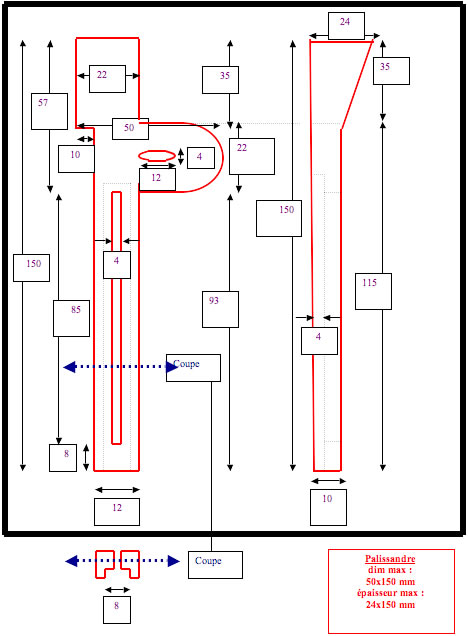
2008/2009
New system no holes no glue:
Cut out a fairly thick plate of bone or plastic. Drill the 6 holes that will let the 6 strings pass through and will be enough for the self-tightening at the back of the bridge, without touching the soundboard. The 7th hole will be used for the 7th string.
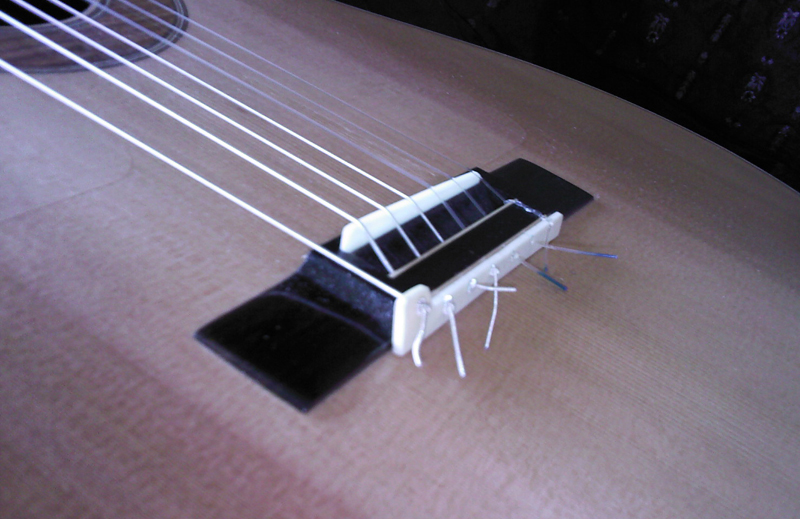
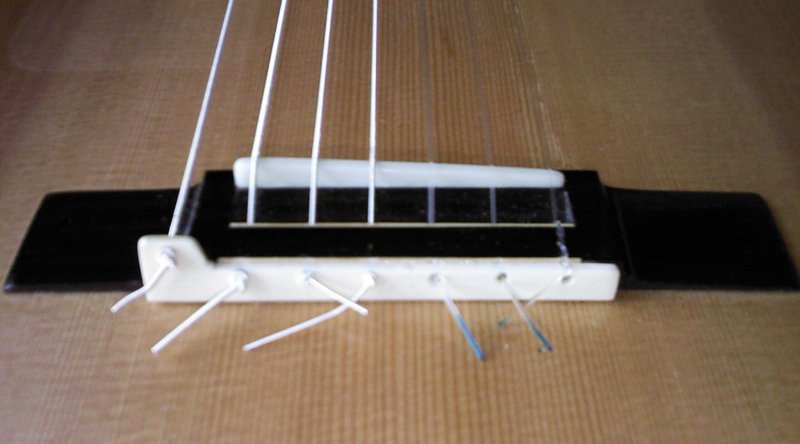
better :
